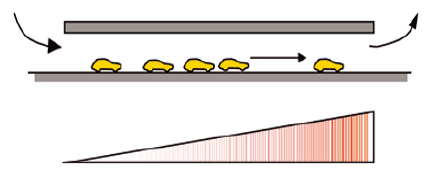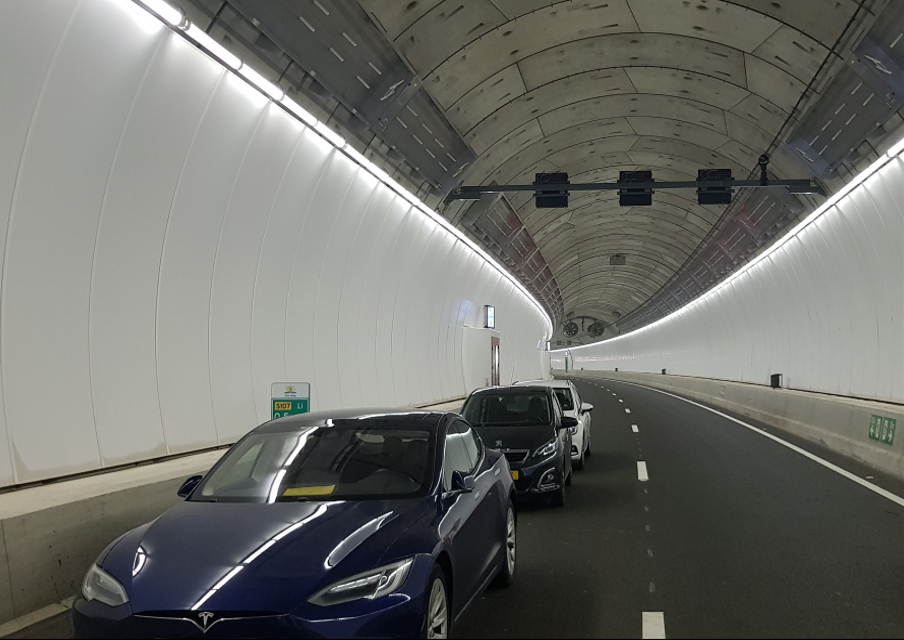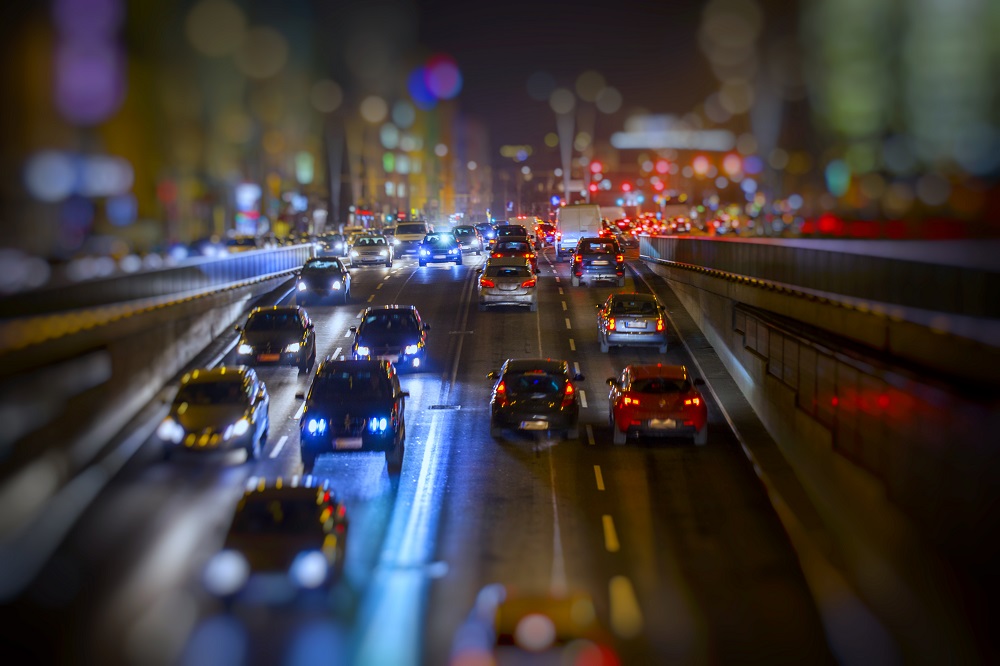Sustainable tunnels and environmental impact of large infrastructure constructions
Emission pollutants such as nitrogen oxides lowered substantially due to the introduction of Electric Vehicles (EV's) and stricter emission standards for air quality improvement. However, the concerns about fine dust pollution PM2.5 is far from over. Since carbon isn't the only fine dust emission stemming from traffic, the focus must be on reducing all forms of fine dust stemming from traffic, roads and tunnels. Tunnel exits are fine dust hotspots all around the world. Worldwide many tunnels are located in urban areas which have impact on the inclusive livability of cities and its citizens. Learn more about the world's unique system for sustainable fine dust removal from tunnels.
Tunnel exits air pollution hotspots
The building up of fine dust air pollution at tunnel exits is the result of traffic passing through the tunnel as well as tunnel ventilation. How to capture fine dust in tunnels and prevent pollution of harmful PM2.5 in vulnerable urban area's outside tunnels? StaticAir developed the FDRS (Fine Dust Reduction System) especially for this purpose.
Carbon Footprint ventilation systems tunnels
Digital data connectivity in tunnels use up lots of energy, contributing to the total carbon footprint of a tunnel. System integration with low power consumption and positive benefits for the larger environment should be a priority to create a sustainable tunnel. For clean air, filtration systems are available, but their efficiency is limited and heavy in energy consumption.
The many benefits of FDRS exist of primarily the capturing and reduction of fine dust emission in the tunnel, while using only 20 watt. The system requires low maintenance which benefits he life cycle costs (LCC). While the body of FDRS is manufactured of sustainable stainless steel, it can be easily recycled and has a long lifespan.
"Stop mixing polluted tunnel air with fresh air"
Capture fine dust PM2.5 emissions in tunnels, protect the environment, save costs
If you can capture fine dust inside a tunnel and prevent it from entering the larger environment, would you do this? Reduce costs on the environment and help reduce social healthcare costs.
If the solution is energy efficient, scalable, requires low maintenance, is saving costs as well as benefitting a healthier environment for citizens, would you be interested?
Remember FDRS:
- Proven en tested system
- Low Life Cycle Costs (LCC)
- Extremely low power consumtion (20 watt)
- No replacement of expensive filters
- Low maintenance intensity
- IoT connected
- Scalable innovation that works
- Made in The Netherlands
Why FDRS is unique and efficient
Learn why FDRS drives direct results. FDRS serves as a unique solution, especially designed for tunnels to generate impact on fine dust PM2.5 reduction from tunnels into te environment:
 |
Plug & Play, direct improvement of air quality in any kind of tunnel. |
 |
Silent and sustainable system operating 24/7. |
 |
IoT Connection and patented ionization method for maximum particle reduction PM10 , PM2.5 to as small as PM0.1 by >50%!
|
Project traffic tunnel with Bike lane
StaticAir developed the FDRS with TU Delft in close cooperation with TNO (Netherlands Organisation for applied scientific research) for sustainable removal of fine dust PM2.5 and PM10 in tunnels. The company implemented FDRS installations with various questions in mind. The latest implementation was concentrated on reducing fine dust emissions for an integrated bike lane inside a traffic tunnel. Every day many people use this specific tunnel, where they are exposed to high concentrations of traffic emissions of every kind.
Enironmental air quality of tunnels
Fine dust impacts our health and wellbeing causing respiratory disease, even affecting cognitive functions. Awareness of the harmful aspects are therefore needed. Once understood we will know why solutions like FDRS are so important to be implemented in every tunnel project. Let's protect people's health and the environment will profit as well. Besides that the economic impact will be visible as well as reducing health care costs.
“Any integrated plan has to include emission reduction targeting both PM2.5 and CO2”
Stainable tunnel strategy for urban air quality
C40 Cities outlines nine steps for integrating air quality management and climate action planning at city level. It supports cities to set visions and strategies to simultaneously tackle climate change, air pollution and public health issues, whatever the status of existing planning.
These are the nine steps:
- Assess internal capacity and stakeholder relationships.
- Assess existing data.
- Align GHG and air pollutant inventories.
- Develop baseline scenario(s) and define future targets.
- Develop “existing and planned” policy scenario(s).
- Develop “ambitious” policy scenario(s).
- Calculate changes in GHG emissions, PM2.5 air pollutant exposures, and health outcomes.
- Rank multiple benefits and prioritise actions.
- Develop integrated plan.
Reduction targets for both PM2.5 and CO2e
In addition to these nine steps, the framework provides recommendations, avoiding trade-offs, stressing the need for any integrated plan to include emission reduction targets for both PM2.5 and CO2e, to focus on near term action, to ensure data transparency and more. Read more about the EU guidelines here.
Ask our free advice for possibilities and fast improvement with FDRS.
Added Air Quality value for Cities
Clean Air Cities, where people and the economy thrive
Analyze air quality data to improve climate goals. Position your tunnel project for a Clean Air City where people and the economy thrive. FDRS adds to the creation of an urban environment where people feel safer and cared for.
"In the inclusive society, everyone has the right to breathe clean air!"
Interested to know what FDRS can do for your tunnel project?
We are available to inform you about FDRS and our projects around the world. Get in contact or ask for a demo, let's discuss how to optimize your projects and make impact for improved air quality where it matters most. StaticAir provides you with knowledge of how to integrate this air purifying solution the right way for optimal results.
+slogan_dik%20-%20cropped-1.png?width=275&height=153&name=StaticAir_(r)+slogan_dik%20-%20cropped-1.png)

.jpg)

